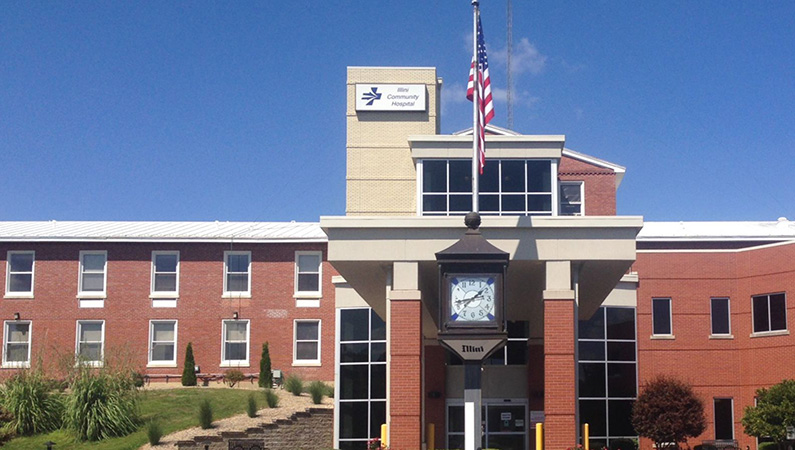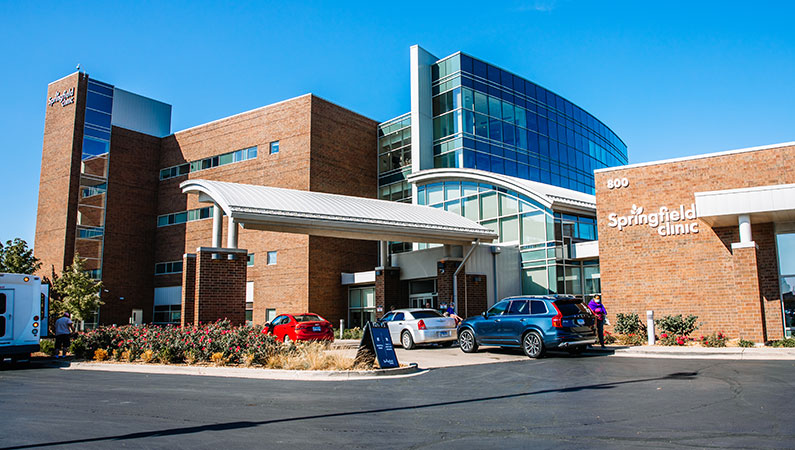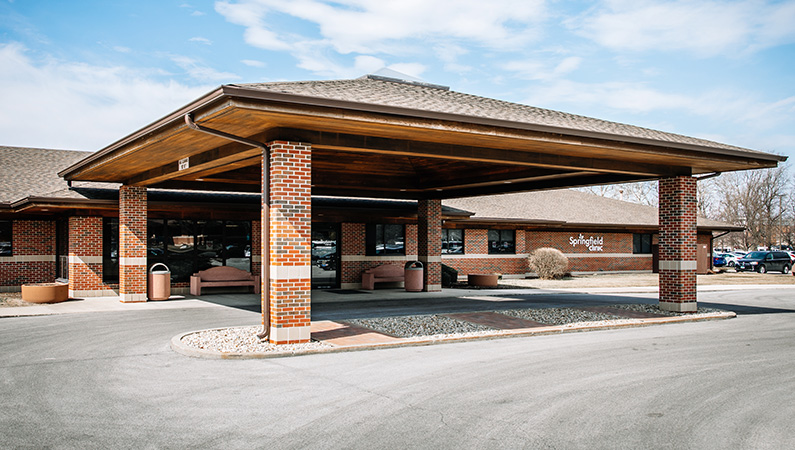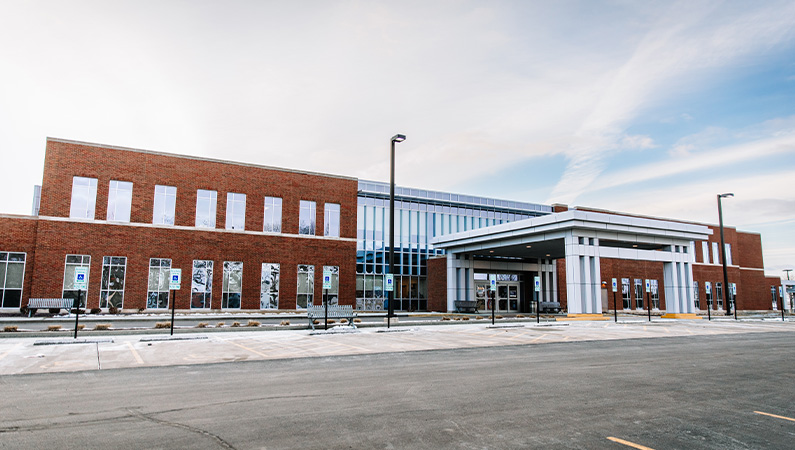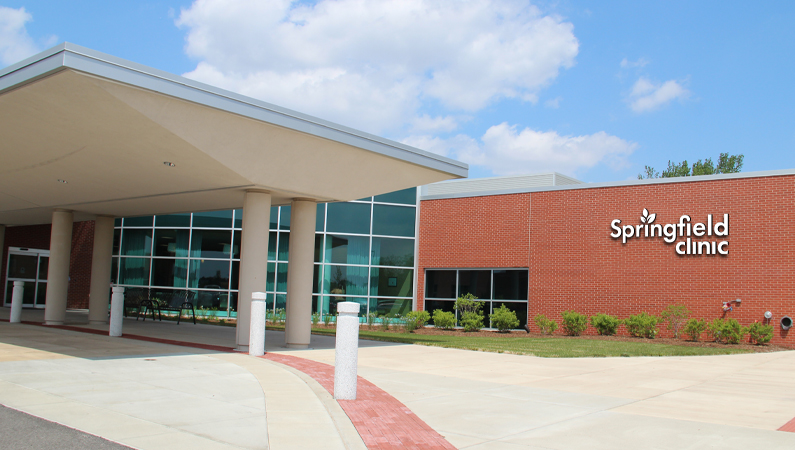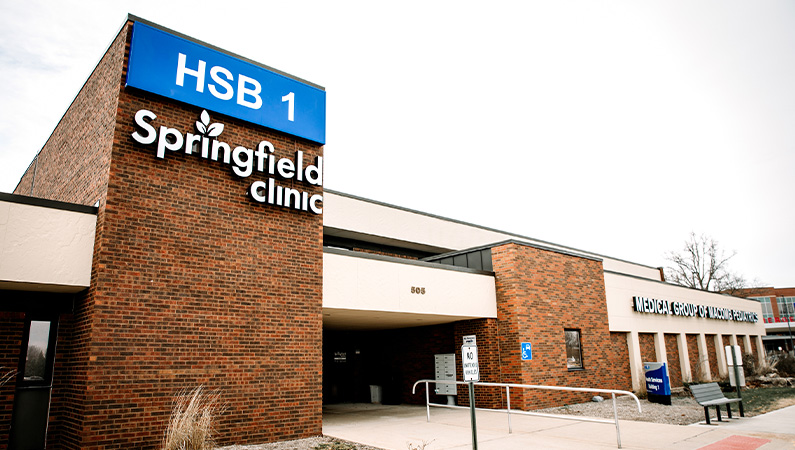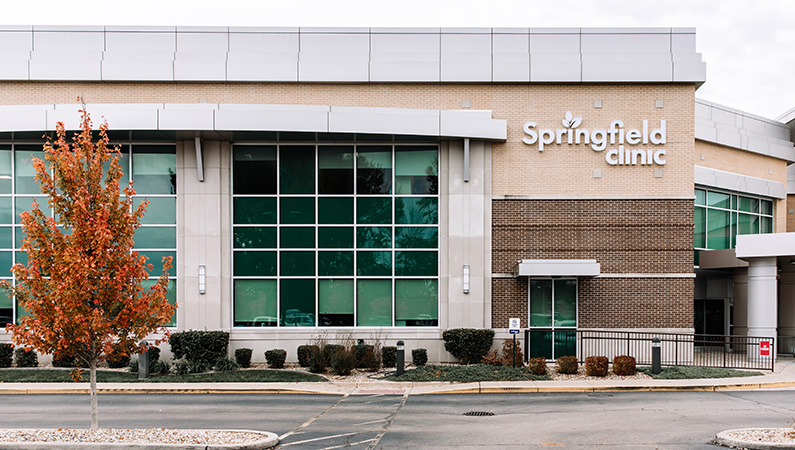Guided Injections
Jason Guthrie, MD, and Jeffrey Horvanth, MD, can treat joint inflammation and pain by injecting cortisone or hyaluronic acid directly into the affected joint. Or, they can draw fluid from the joint to relieve pressure. Patients do not need a referral to schedule an appointment.
What is the procedure?
Your rheumatologist will use an ultrasound machine to reduce discomfort of the procedure by precisely and accurately knowing where to place the injection into your joint. They will then inject the medication or draw fluid from the joint. Using an ultrasound machine results in a more precise injection for the doctor and a more comfortable experience for you. Your rheumatologist might also use the ultrasound for diagnostic purposes, and be able to give you a more accurate idea of what is causing your pain.
How long does it take to do?
Ultrasound-guided joint injections, from start to finish, take no more than 5-10 minutes to complete.
Regenerative Medicine
Dr. Jason Guthrie specializes in regenerative medicine. Regenerative medicine is a term used for any type of treatment that can repair human cells, tissues or organs. Repairing cells, tissues and organs helps restore you to normal function in those and other areas of your body. Another term for this kind of treatment is “biologic treatment.”
Cellular therapies, such as stem cells, are the foundation of regenerative medicine. Researchers grow stem cells in a lab and manipulate them to specialize into specific types of cells. These specialized cells can be implanted into a person to help repair injured cells, tissues or organs.
ARE YOU IN PAIN?
We are devoted to adult and pediatric patients who suffer from diseases that include:
Ailments involving the tendons, muscles, bones, and structures surrounding the joints
Arthritis and other ailments of the joints
Evaluation of abnormal laboratory serological tests and other unexplained inflammatory tests
Evaluation and management of unexplained, painful musculoskeletal conditions
Rheumatic diseases may cause pain, stiffness and swelling in the joints and other supporting body structures, such as muscles, tendons, ligaments and bones. However, rheumatic diseases can affect other areas of the body, including internal organs. Some rheumatic diseases involve connective tissues (called connective tissue diseases), while others may be caused by an autoimmune disorder, which means the body’s immune system attacks its own healthy cells and tissues.



